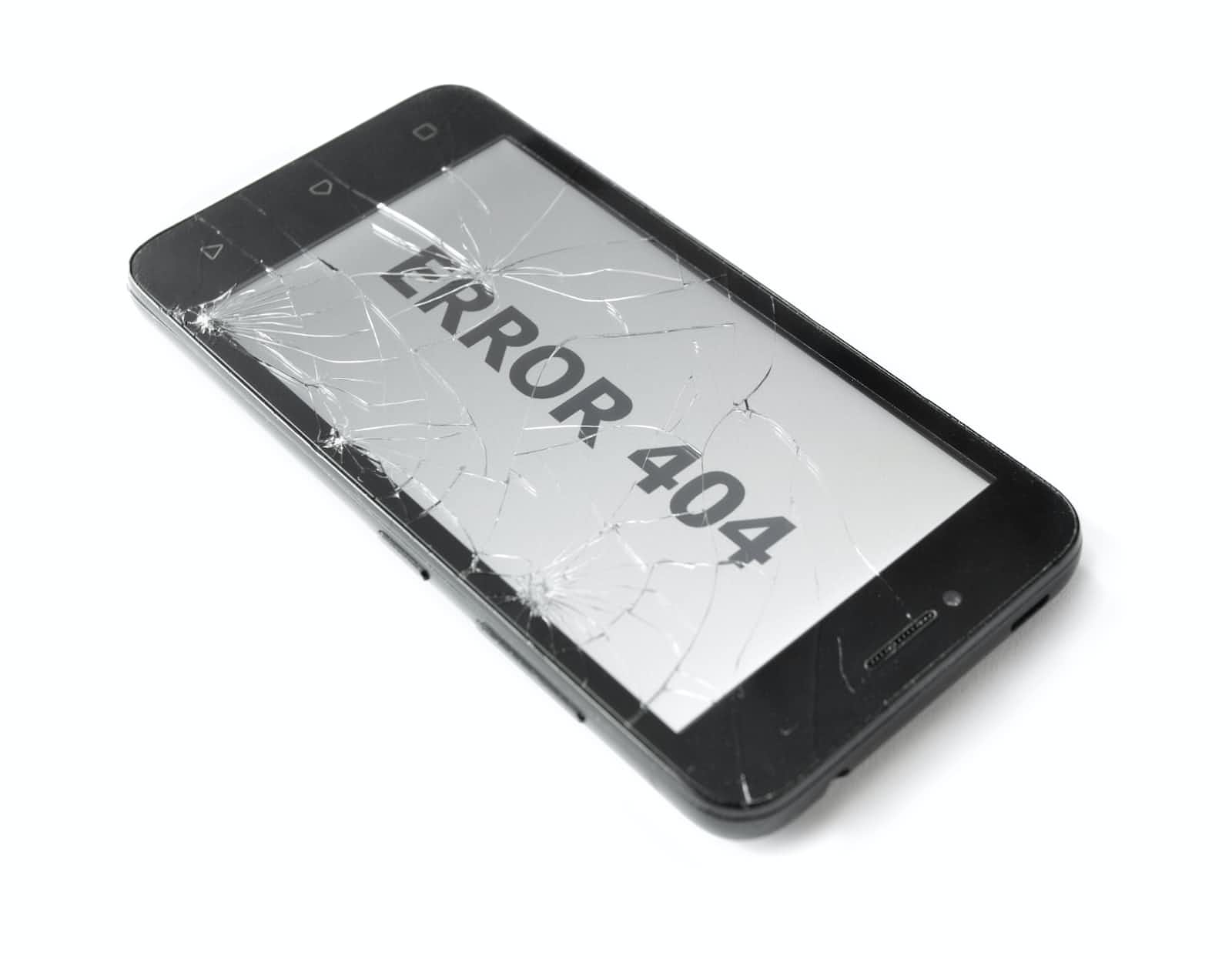10 most popular HTTP status codes
 Albert Kipchirchir
Albert Kipchirchir
HTTP status codes are a crucial part of the web. They indicate the status of a request made by a client to a server. These codes help ensure that the communication between the client and the server is efficient and error-free.
Here are the 10 most popular HTTP status codes:
200 OK: This is the most common and successful HTTP status code. It indicates that the request made by the client was received and processed by the server successfully.
301 Moved Permanently: This HTTP status code is used when a webpage or resource has been permanently moved to a new location. It indicates that the client should update their bookmarks and links to the new URL.
404 Not Found: This HTTP status code indicates that the server could not find the requested webpage or resource. It is often seen when a user tries to access a broken or dead link.
403 Forbidden: This HTTP status code indicates that the server understands the request but is refusing to fulfill it. It is often used when a client lacks the necessary permissions to access a resource.
500 Internal Server Error: This HTTP status code indicates that the server encountered an unexpected condition that prevented it from fulfilling the request. It is a general-purpose error message and can be caused by a wide range of issues.
503 Service Unavailable: This HTTP status code indicates that the server is currently unable to handle the request due to maintenance or capacity issues. It is often used as a temporary response and the client should try again later.
302 Found: This HTTP status code is similar to 301 Moved Permanently, but it indicates that the resource has been temporarily moved to a new location. The client should continue to use the original URL for future requests.
307 Temporary Redirect: This HTTP status code is similar to 302 Found, but it specifies that the request method (e.g. GET or POST) should be used for the new location.
304 Not Modified: This HTTP status code is used when a client makes a conditional request (using the If-Modified-Since header) and the resource has not been modified since the specified date. It indicates that the client can use the cached version of the resource.
412 Precondition Failed: This HTTP status code indicates that one or more preconditions specified in the request headers were not met by the server. It is often used in combination with the If-Match, If-None-Match, If-Modified-Since, or If-Unmodified-Since headers.
In conclusion, HTTP status codes are a critical part of the web and play a crucial role in ensuring efficient and error-free communication between clients and servers. The 10 most popular HTTP status codes listed above cover a wide range of common scenarios and are essential for any web developer to understand.
Subscribe to my newsletter
Read articles from Albert Kipchirchir directly inside your inbox. Subscribe to the newsletter, and don't miss out.
Written by
